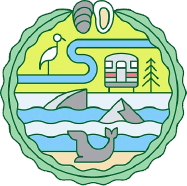
Akkeshi-Kiritappu-Konbumori
Quasi-National Park

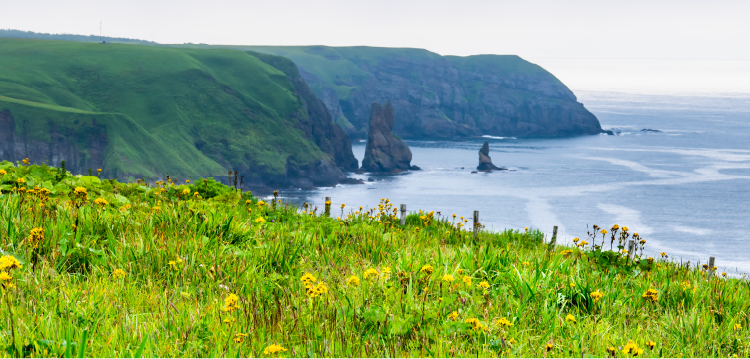

Akkeshi-Kiritappu-Konbumori
Quasi-National Park
Established in March of 2021, the Akkeshi-Kiritappu-Konbumori Quasi-National Park was Hokkaido’s first park of its kind in 31 years! Discover the allure of the natural attractions that span 4 towns.
The Akkeshi-Kiritappu-Konbumori Quasi-National Park was established on March 30th, 2021 as the 58th quasi-national park in the country, and the 6th in Hokkaido. Its expansive area covers 40,000 hectares of Eastern Hokkaido facing the Pacific Ocean, encompassing parts of Akkeshi, Kushiro Town, Hamanaka, and Shibecha.
The park’s official theme is the “Interaction between the Earth and the Sea on Wetlands and Cliffs. ~Life-Filled Wetlands and the Sea~.” As the theme suggests, the area is home to a rocky coast with a series of majestic, rugged sea cliffs, one of the largest wetlands in the country, and an ecosystem of rare waterfowl and marshland vegetation, all of which come together as part of an ever-expanding cultural landscape nursed through the coexistence of people and nature.
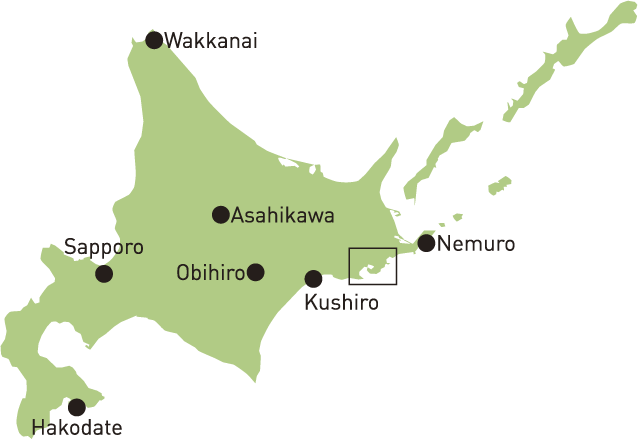
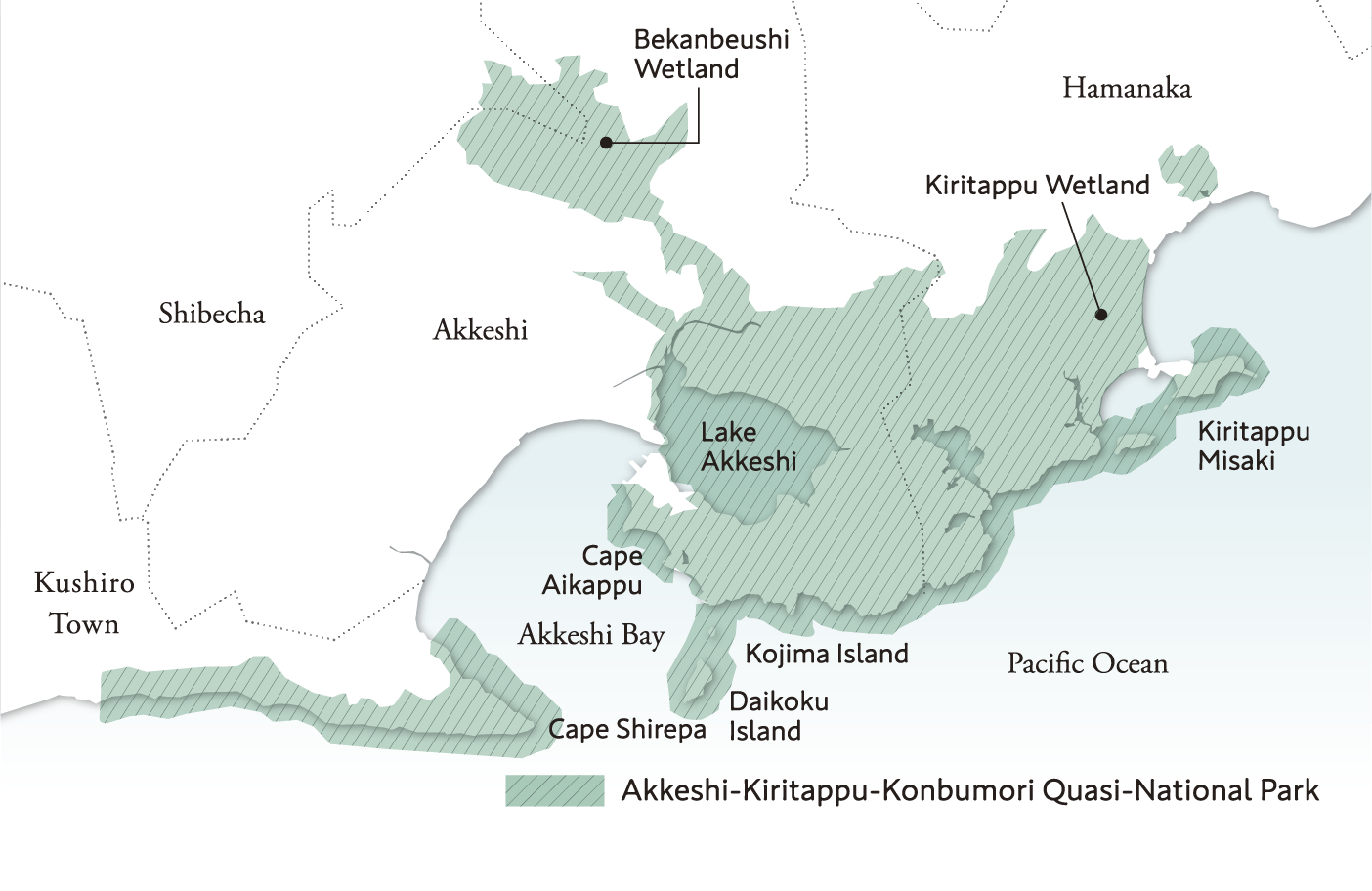
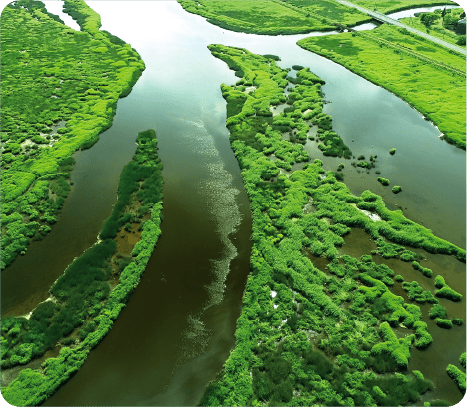
Akkeshi
Area: ~739.27 km2
Major industries: seafood, dairy
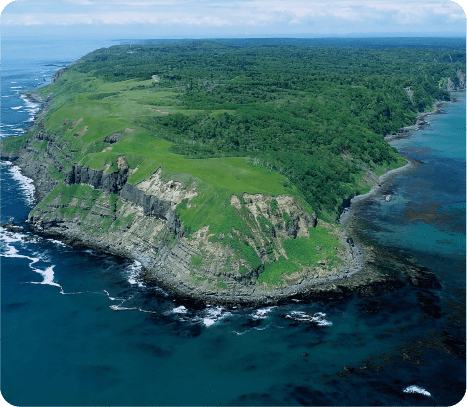
Kushiro Town
Area: ~254.15 km2
Main industries: agriculture/forestry, seafood
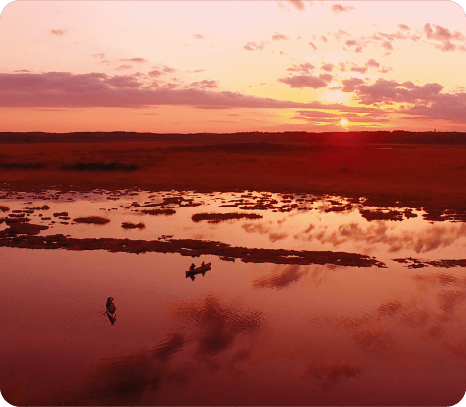
Hamanaka
Area: ~423.60 km2
Main industries: seafood, dairy

Shibecha
Area: ~1,099.00 km2
Main industry: dairy

Cape Shirepa (Kushiro Town)
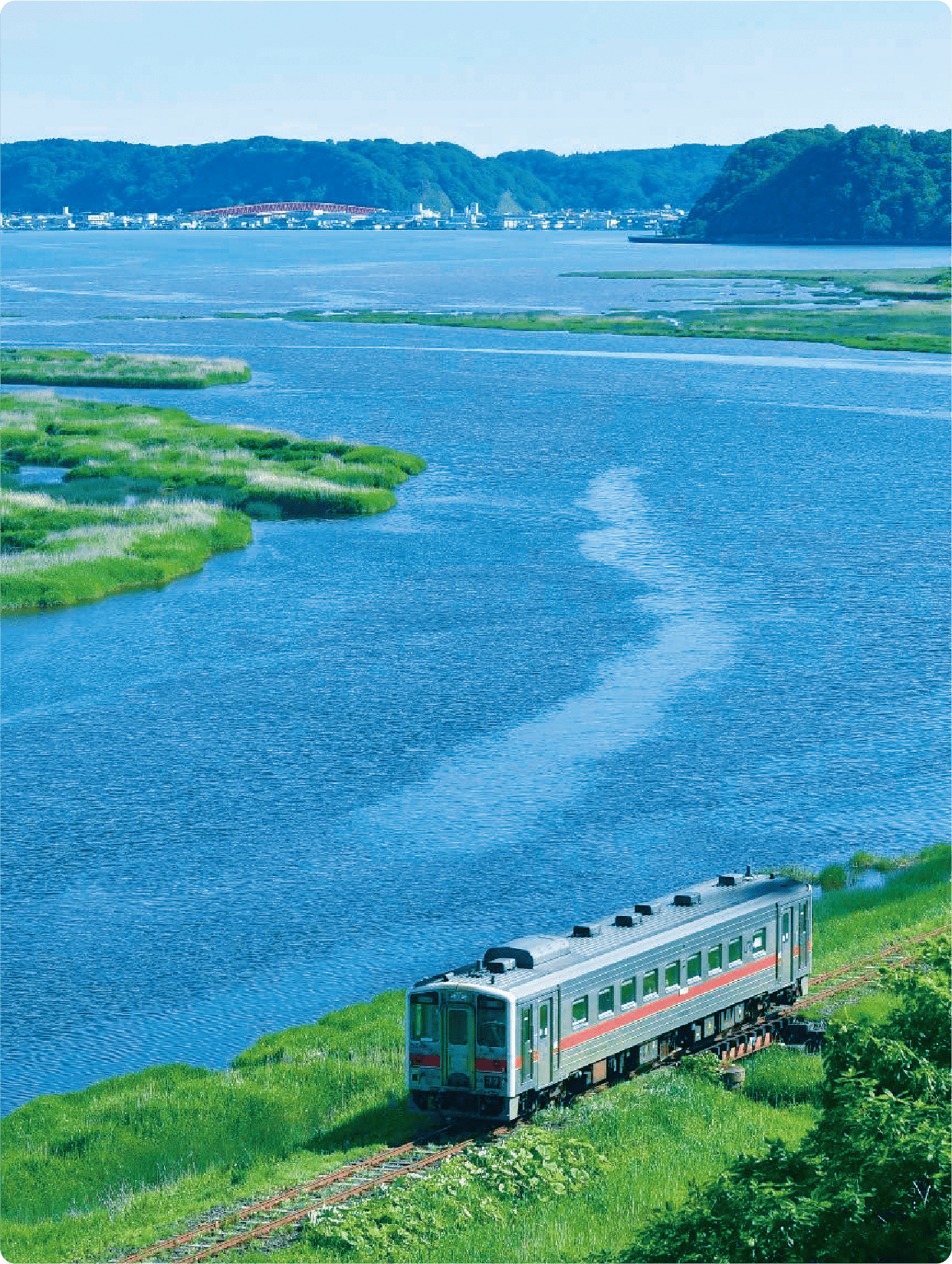
Bekanbeushi Wetland(Akkeshi)

Kiritappu Misaki(Hamanaka)

Pilot Forest (Shibecha)
The park’s vast area covers 41,487 hectares (including 32,566 hectares of land), making it 1.4 times as large as the Kushiro Shitsugen National Park. Within this area is the practically untouched Bekanbeushi Wetland in Akkeshi. It was officially designated as a Ramsar site in 1994, and is a location in which visitors can observe wild animals such as Hokkaido sika deer and Steller's sea eagles in their natural habitat while canoeing down the Bekanbeushi River. Nutrients from the wetland are carried via the Bekanbeushi River to Lake Akkeshi, thus providing nourishment for Akkeshi’s famous oysters. Putting all these factors together, Akkeshi is a town in which you can enjoy an impressive array of nature, scenery, and food.

Also designated as part of the park, the Kiritappu Wetland in Hamanaka was originally formed from coastal recession and sand deposition. Even today, it remains in a nearly pristine state. Nearby, the area surrounding Cape Kiritappu has become a breeding ground for endangered sea otters and various sea birds, such as tufted puffins and Steller’s sea eagles. The coastline running from Kushiro Town’s Cape Shirepa to Konbumori is dotted with several, oddly shaped rock formations, including Todoiwa and Takoiwa, that contribute to its unique landscape. These formations can be seen while driving along the North Pacific Seaside Line, which runs from Kushiro Town to Hamanaka, and passes through Akkeshi. In addition to its expansive view of the ocean, this route is also painted with the shifting colors of trees and wild flowers as they move through the seasons. Shibecha also has a particularly vast amount of nature. Located among the upper reaches of the Bekanbeushi Wetland, this town is also a part of two other national parks, the Kushiro Shitsugen National Park and the Akan Mashu National Park.

Bekanbeushi Wetland(Akkeshi)

Cape Kiritappu (Hamanaka)

Pilot Forest (Shibecha)


How are national parks and quasi-national parks different?
Quasi-national parks are “places of natural scenic beauty similar to that of national parks,” but the duties of its management and preservation fall on the prefectures in which they’re located.
On the other hand, national parks are designated by the Minister of the Environment under the Natural Parks Act, and are managed by the Ministry of the Environment.
What is a Ramsar site?
Ramsar sites are wetlands deigned to be of international importance, especially as waterfowl habitats, and are protected under the Ramsar Convention, an international treaty signed in 1971 in Ramsar, Iran. This treaty is an agreement to conserve the wetlands, such as Bekanbeushi Wetland, that waterfowl use to rest and feed.